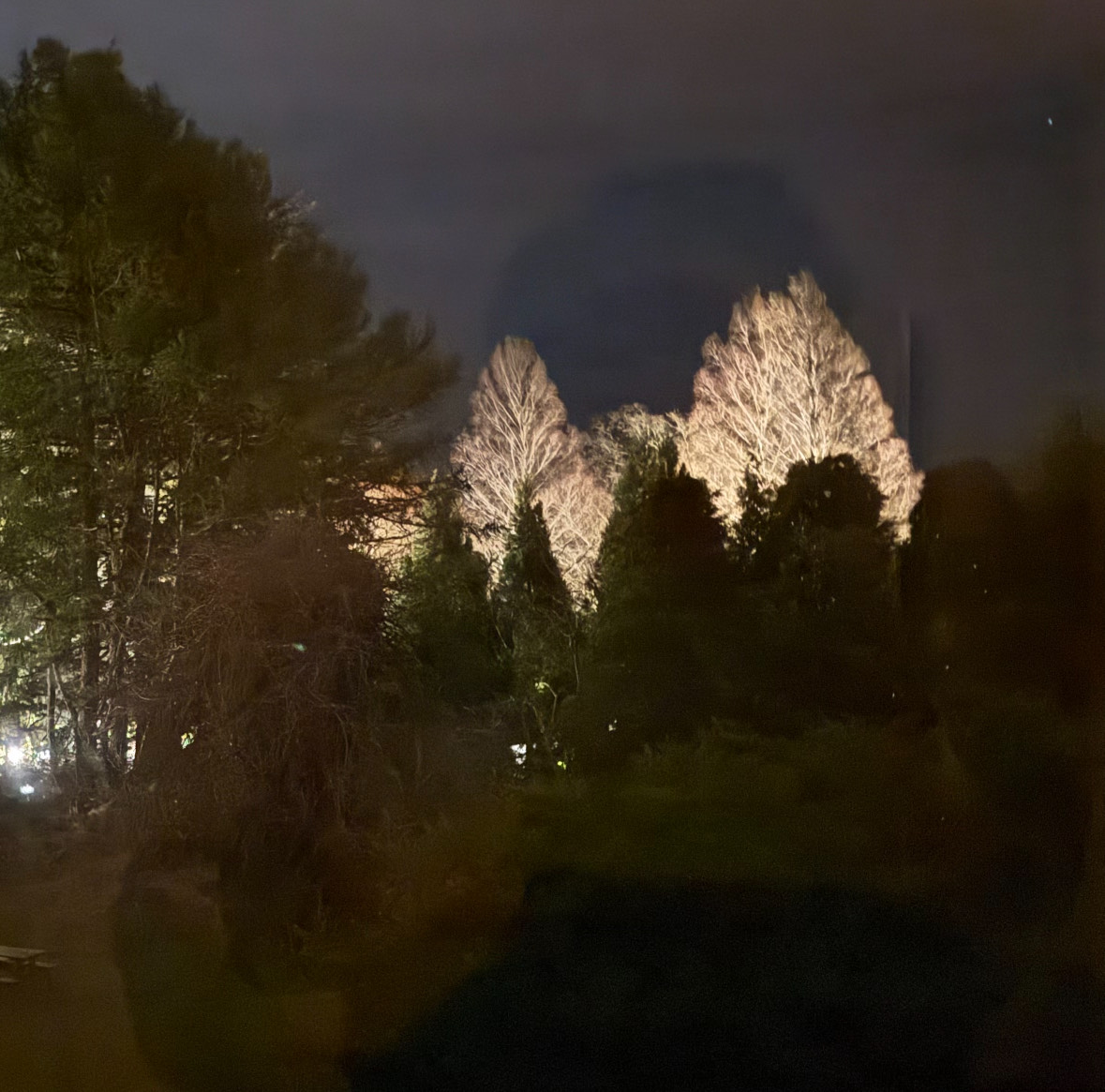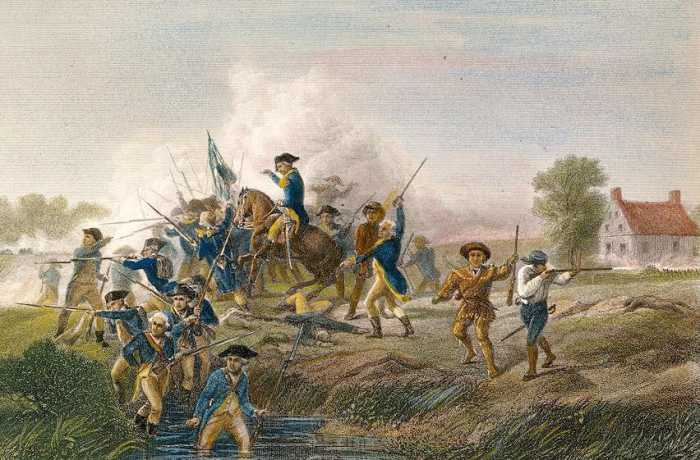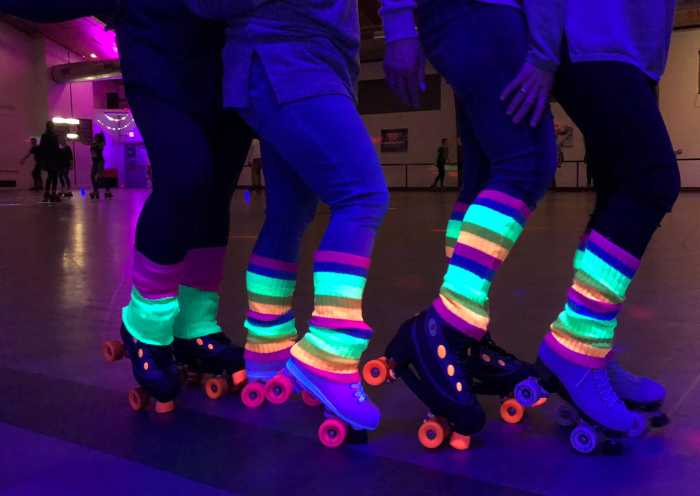Dark Skies Are Needed to Protect Migrating Birds on Long Island

Spring migration is at its height on Long Island, with thousands of birds filling the night skies as they make their journey north. On just one night this season, April 23, around 180,500 birds flew over Suffolk County between 7 p.m. and 6 a.m., traveling as fast as 30 miles per hour.
“That night was the absolute peak for migration,” said Jane Gill, Vice president of the Board of Directors at the Evelyn Alexander Wildlife Rescue Center, “but even now, a week after, it’s still extremely busy for the birds, which is why it’s so important to turn off your lights at night.”
Artificial lighting creates deadly hazards for migrating birds, who become disoriented and crash into windows and buildings. The Town of Southampton has set up the Dark Skies Advisory Committee to enforce environmentally friendly-lighting, safe for humans and animals.
“Olivia Motch has been working hard in keeping Dark Skies declared every year in Southampton, preventing hundreds and hundreds of birds from getting distracted by the lighting and hitting windows,” Gill said.
Olivia Motch, chair of the Southampton Dark Skies Advisory Committee, explained that their work ties into the global efforts of Dark Skies International, and that because of Southampton’s Dark Skies’ codes, local ordinances require residential lights to be turned off by 10 p.m., with the exception of necessary safety lighting.
“Lighting up your property doesn’t make it safer,” Motch said. “Glare from bright lights actually causes momentary blindness for drivers and makes it harder to see. Lights should shine down, not up. It wastes energy, wastes money, and it’s terrible for the environment.”
Motch explains that many residents aren’t aware of the town’s codes.
“It’s best to talk to a neighbor first if their lighting is an issue, but there’s also an anonymous system online to report lighting complaints,” she says, “the town’s code enforcement handles them.”
This time of year, it’s common to find stunned birds on sidewalks, victims of these disorienting lights.

“Most birds die on impact,” Gill continues, “but if you find a stunned bird that’s still alive, you can gently pick it up using a paper bag and bring it to a wildlife center or a quiet place to recover. It’s usually a little head trauma, and they often recover within an hour if given the chance.”
Educating younger generations remains a key focus for the Dark Skies Advisory Committee, especially through partnerships with local libraries and schools.
“When we teach children to appreciate the night sky, they grow up understanding how important it is to protect it,” Motch explains. “When you drive from Southampton to Bridgehampton, you can really see where dark skies have been preserved.”
Kathleen Mulcahy, executive director of the EAWRC and former mayor of Sag Harbor, states, “We worked with Olvivia to pass Dark Skies laws that banned the up-lighting of trees and passed stronger lighting rules. We want to see the stars at night, and we want the birds to be able to find their way.”
Meanwhile, in the EAWRC’s hospital, this migration has brought in other patients suffering from the busy season. Jessica Chiarello, Senior Animal Care Technician and Hospital Supervisor, shared an update on an injured osprey who recently returned from migration.
“He got hit by a car shortly after arriving,” Chiarello said. “He had wounds around his eyes, and his mentation was off. He’s not healing quickly, so we’re tube-feeding him while we wait on lab results. If everything looks good, we’ll start flight testing him outside.”
“Migration is hard enough without human obstacles,” Gill said. “Turning off your lights at night is one of the easiest things you can do to help.” Motch continues. “All of Earth’s organisms adapted over millions of years to nights that were dark, and we have to keep it that way.”
Birds, moths, and insects are all affected by bright artificial lights. Dark Skies’ laws are not just about seeing the stars, they’re about protecting life.
As migration continues in the coming weeks, the EAWRC and its partners are urging local residents to stay mindful, turn off unnecessary lights, and help ensure that the bird’s journey north remains as safe as possible.
The Evelyn Alexander Wildlife Rescue Center is located at 228 West Montauk Highway, Hampton Bays. It can be reached at 631-728-4200, and animal emergencies can be reported at 631-728-WILD (9453). The center is open 9 a.m.–5 p.m. seven days a week. Visit wildliferescuecenter.org for more information.









